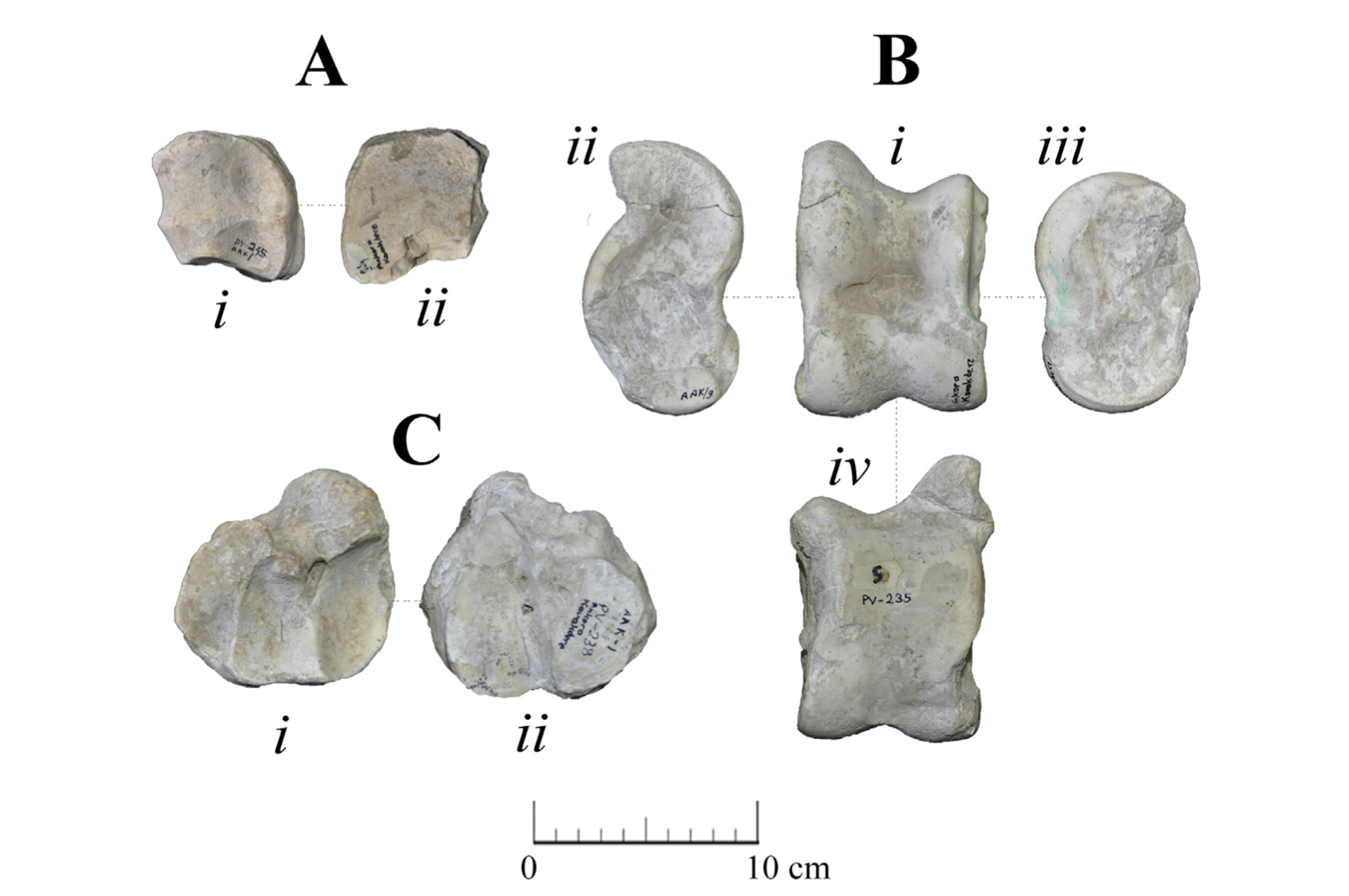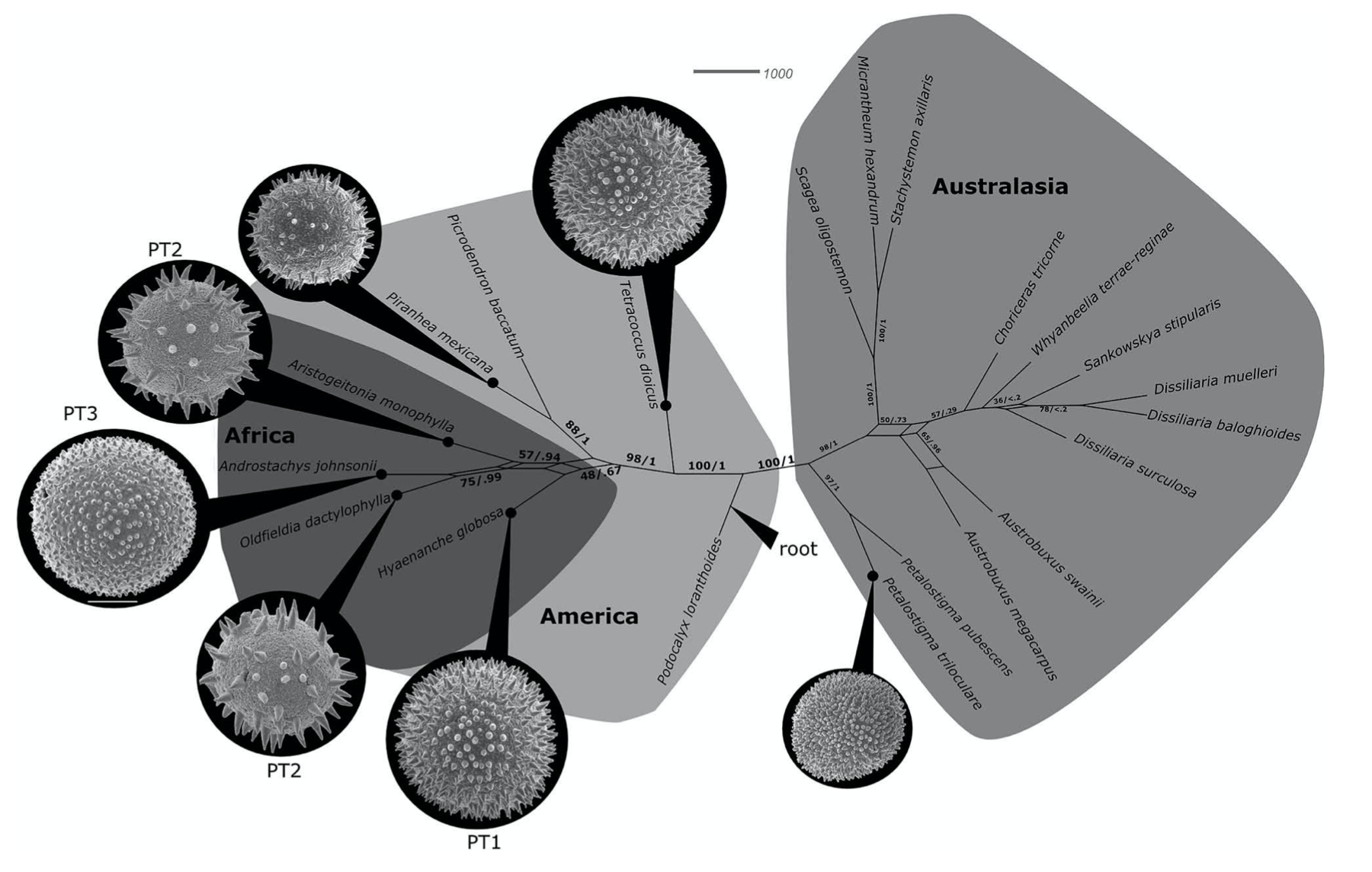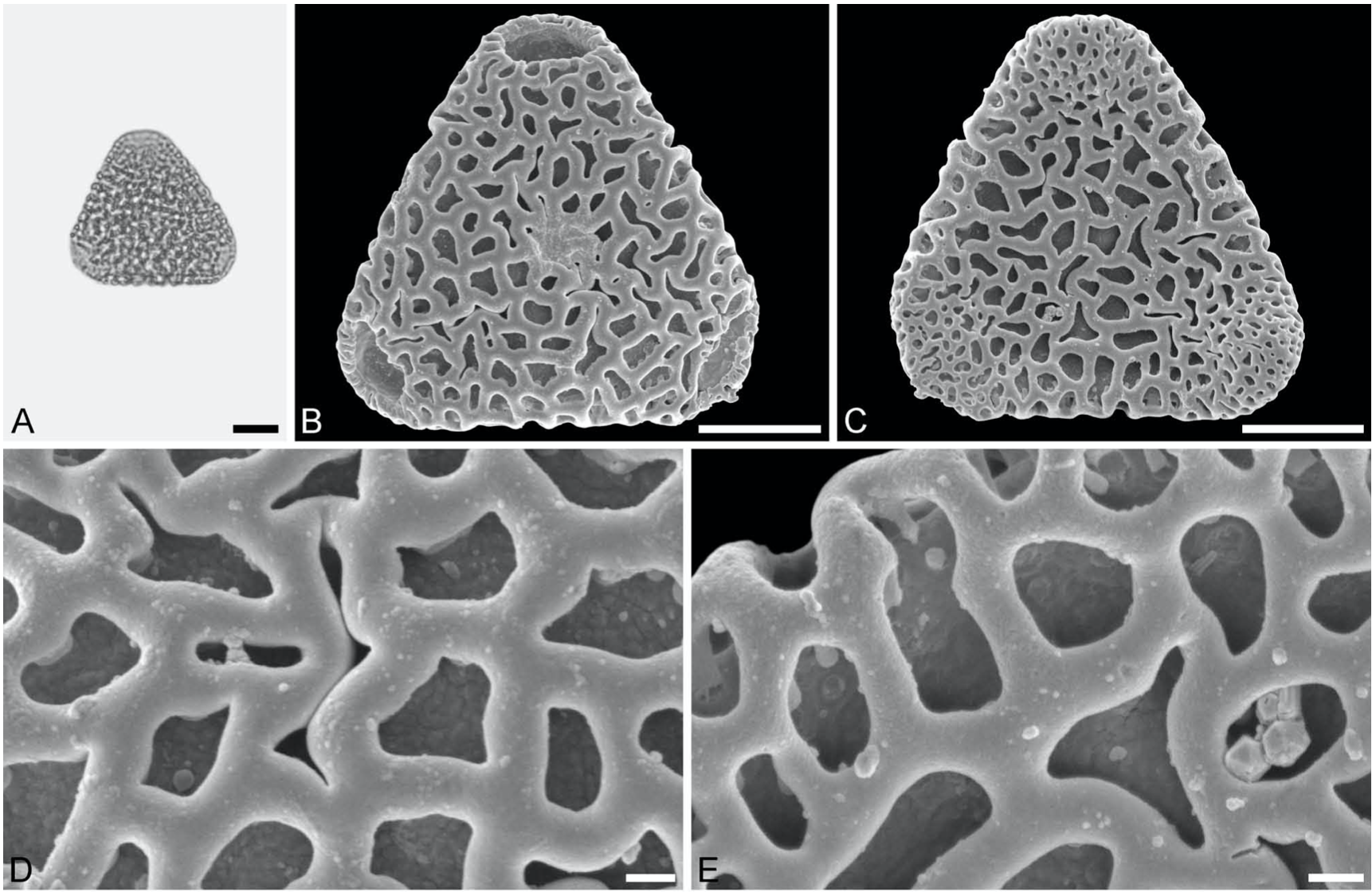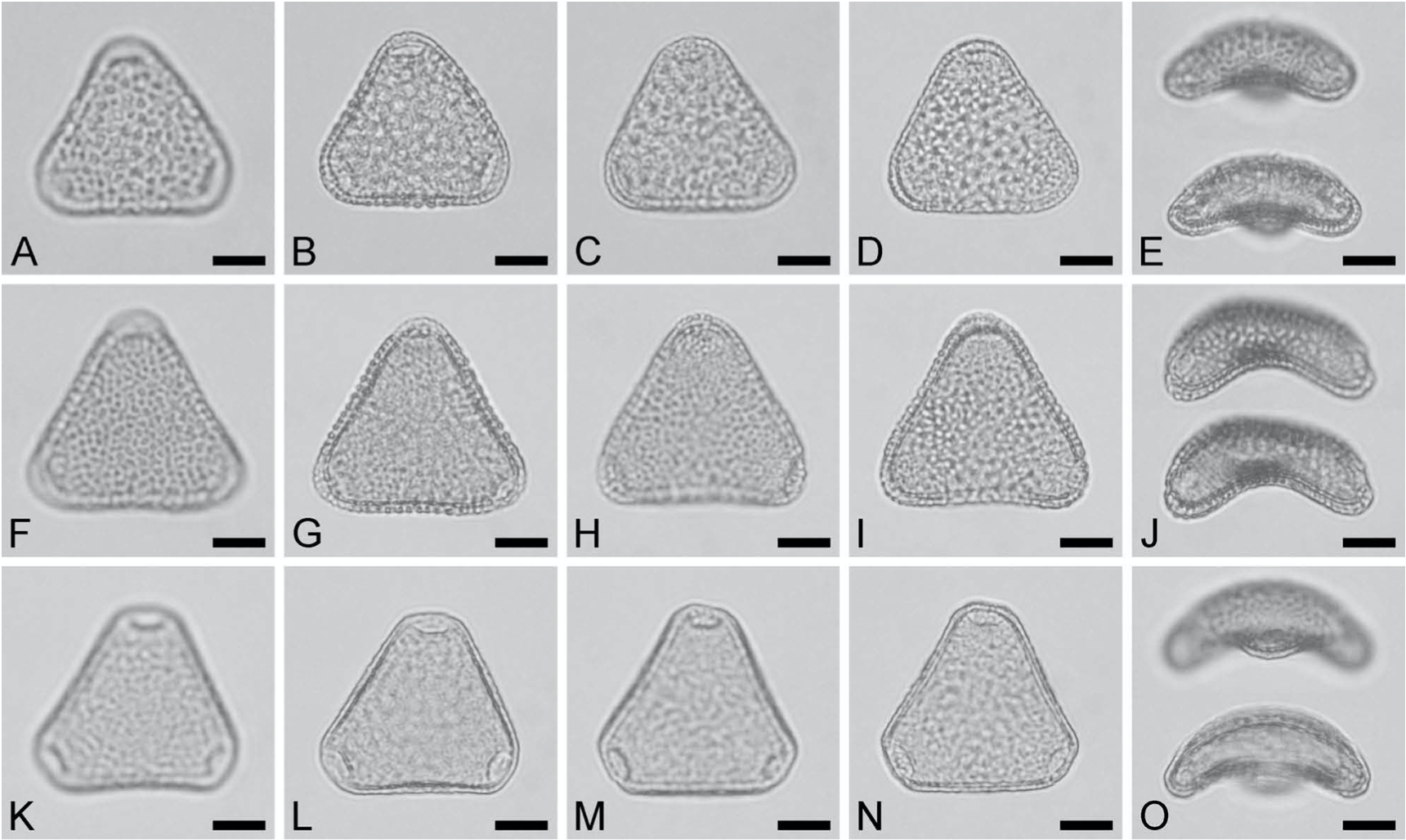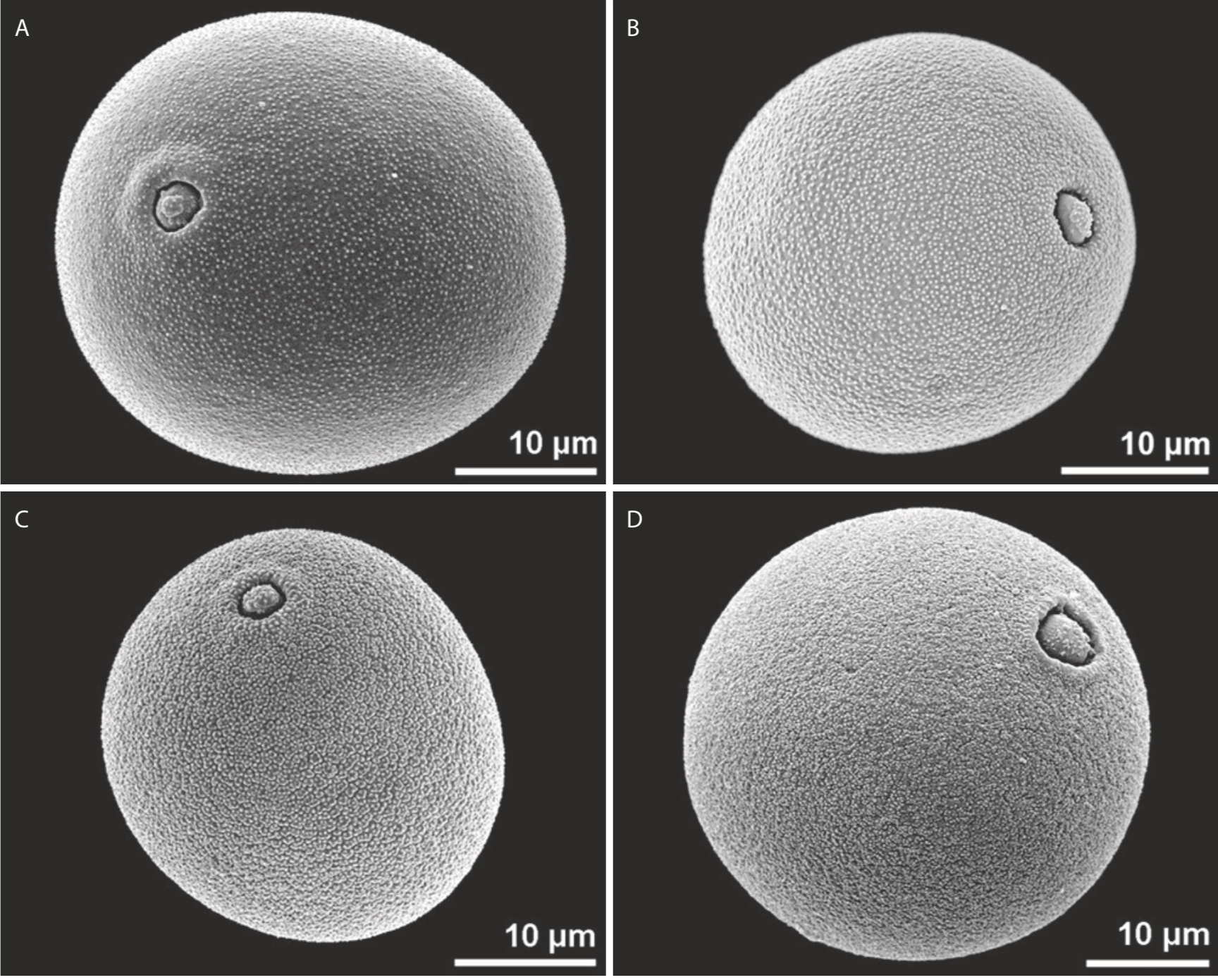Authors: Thomas Denk, Friðgeir Grímsson, Reinhard Zetter, Leifur A. Símonarson
Plants lacking long distance dispersal mechanisms required a functioning land bridge to colonize Iceland, a route provided by the North Atlantic Land Bridge (NALB). During the Cainozoic, the NALB, also referred to as the Thulean route, came into existence in the latest Paleocene and Early Eocene, but there has been considerable debate about the timing of its termination. The North Atlantic Land Bridge consisted of the well-defined subaerial Greenland-Scotland Transverse Ridge. The individual parts of this ridge may have undergone markedly different subsidence histories during the Neogene. At the western end of the NALB, possible links between Greenland and North America are provided by the shallow bathymetric sill at the Davis Strait between southern Baffin Land and southwestern Greenland, and, alternatively, the more northern land connection between the Queen Elizabeth Islands and Greenland. In this chapter, we use evidence from different disciplines (geology, palaeontology, phylogeography), amended with a large new palaeobotanical data set emerging from the present study, to evaluate the history of the North Atlantic Land Bridge and its potential role for transatlantic plant migration during the Neogene.
